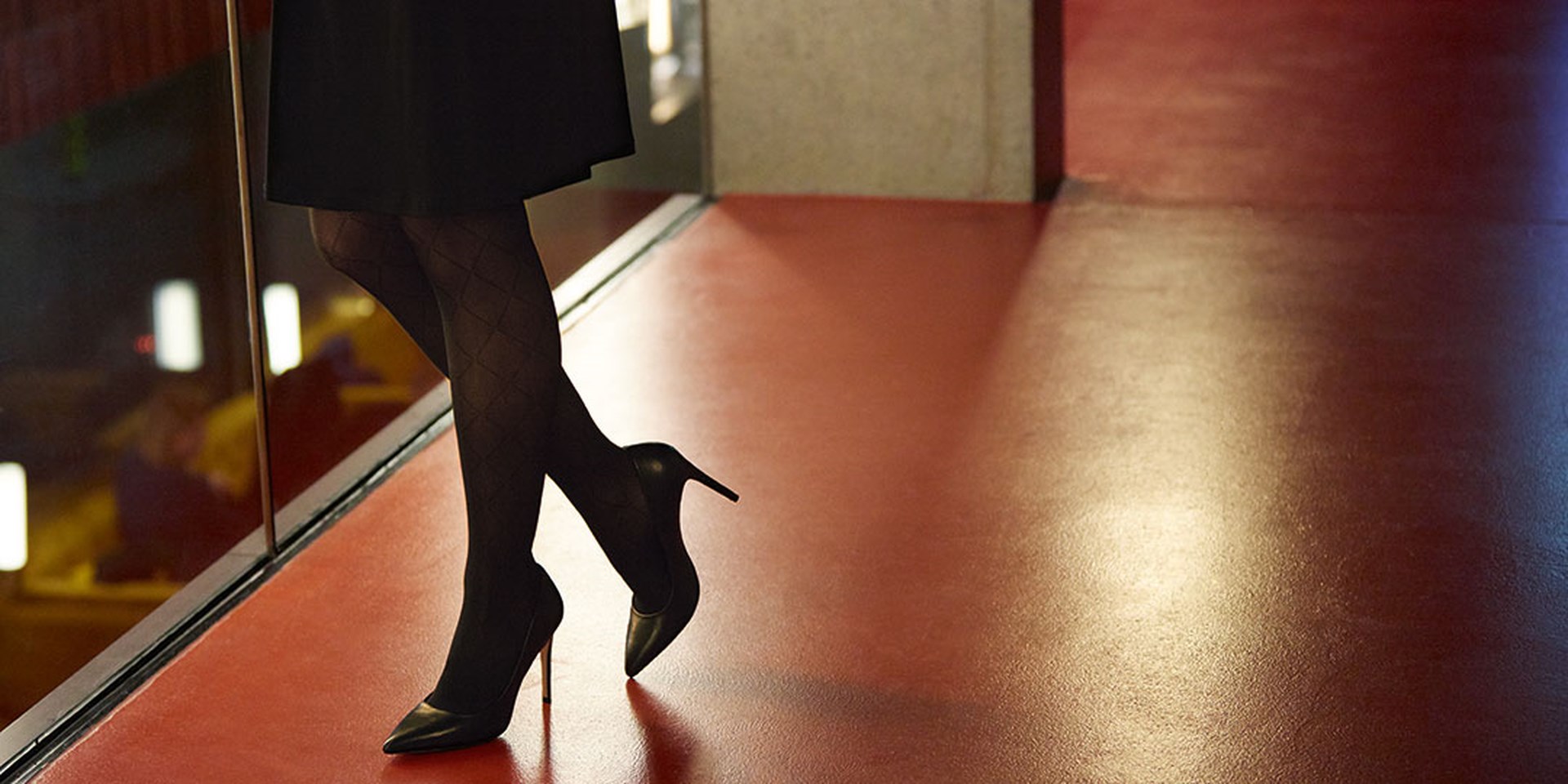Spider veins
Small veins visible through the skin of your legs are called spider veins. Spider veins are early symptoms of venous disorder. Compression wear can help to relieve symptoms and prevent formation of further spider veins.

Summary
Any feeling of discomfort in the legs or visible cutaneous signs of dilated veins (called spider veins) can be early signs of venous disorder.
Basic medical knowledge on venous disorders
- With the term Chronic Venous Disorder (CVD) we describe a long-standing condition involving impaired venous return.
- If vein valves don’t close properly, a reflux results: the blood leaks downwards and stagnates in the vein, thereby leading to venous hypertension. This condition is known as chronic venous insufficiency (CVI) which may cause edema, skin change, and, in some cases, ulcerations.
- If left untreated, chronic venous insufficiency can result in the formation of serious disorders, including phlebitis and pulmonary embolism. To distinguish the different manifestations of CVD, the CEAP classification system is used.
- Acute venous disorders usually occur without pre-existing conditions, but they can also be triggered by chronic venous disorders. In any case, medical treatment is immediately required. Acute venous disorders include superficial thrombophlebitis, deep vein thrombosis (DVT), pulmonary embolism, post-thrombotic syndrome, and variceal bleeding.
Further reading
What is compression therapy?
Medical compression therapy applies a type of elastic device on limbs or other body parts to exert a controlled pressure on them. Thereby, the device squeezes the vein walls together and improves the circulatory rate. Medical compression also helps with reduction of edema and recreates conditions beneficial for the healing of chronic inflammatory disorders.
How to get compression products
Do you know what to do when you first notice leg symptoms or the first signs of venous problems? Follow these three steps to get a compression product that best fits your needs. It is recommended that you see your physician who will give you a prescription for the proper compression socks or stocking for you.
Get rid of misconceptions on compression wear
Rumors, misconceptions, reluctance, and preconceived ideas on compression wear persist. For too long, medical compression stockings have struggled with their dated image that is far from today’s reality. It’s time to get rid of the most popular misconceptions.
Share this article
LinkedIn
Twitter
Facebook